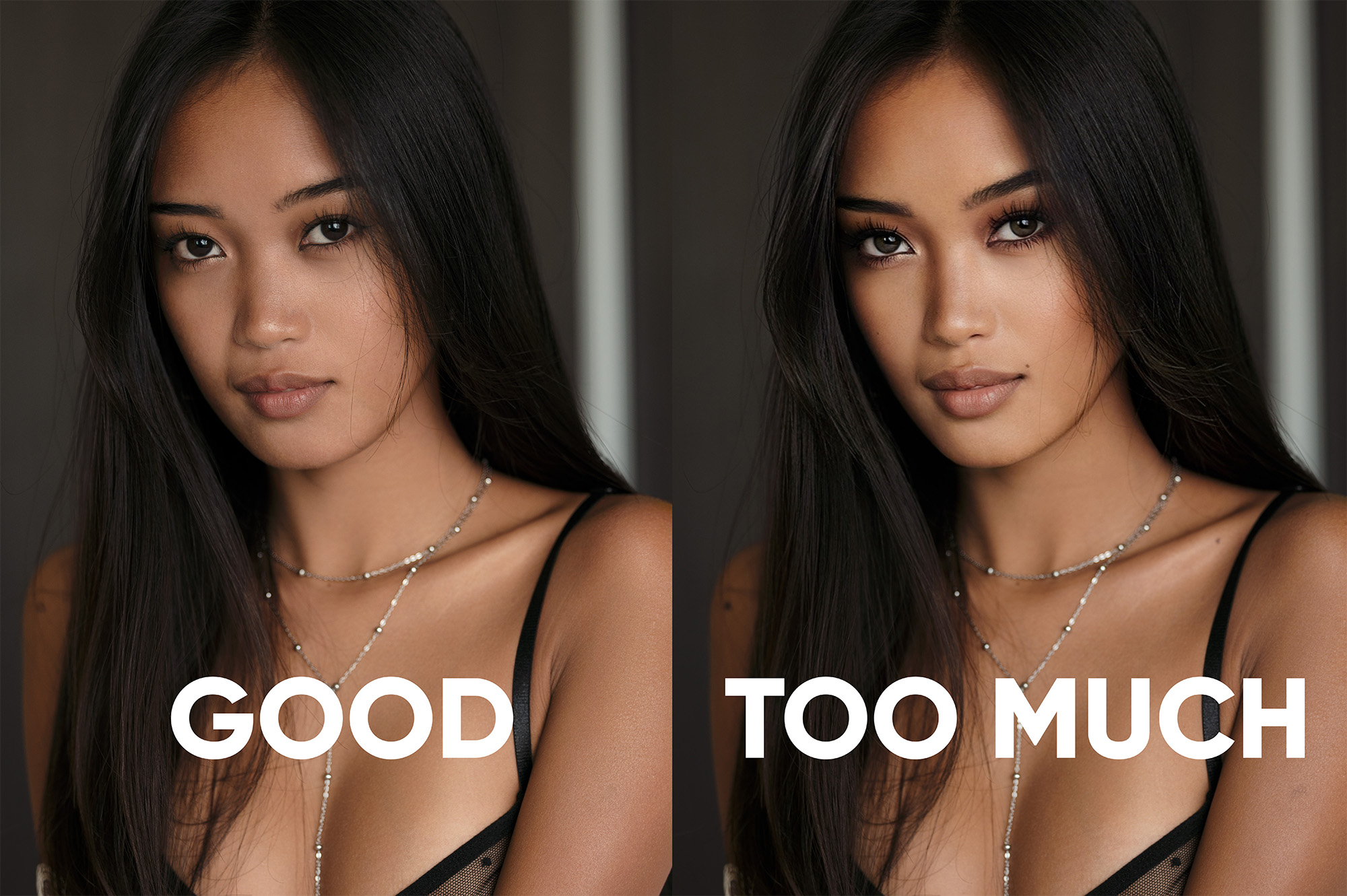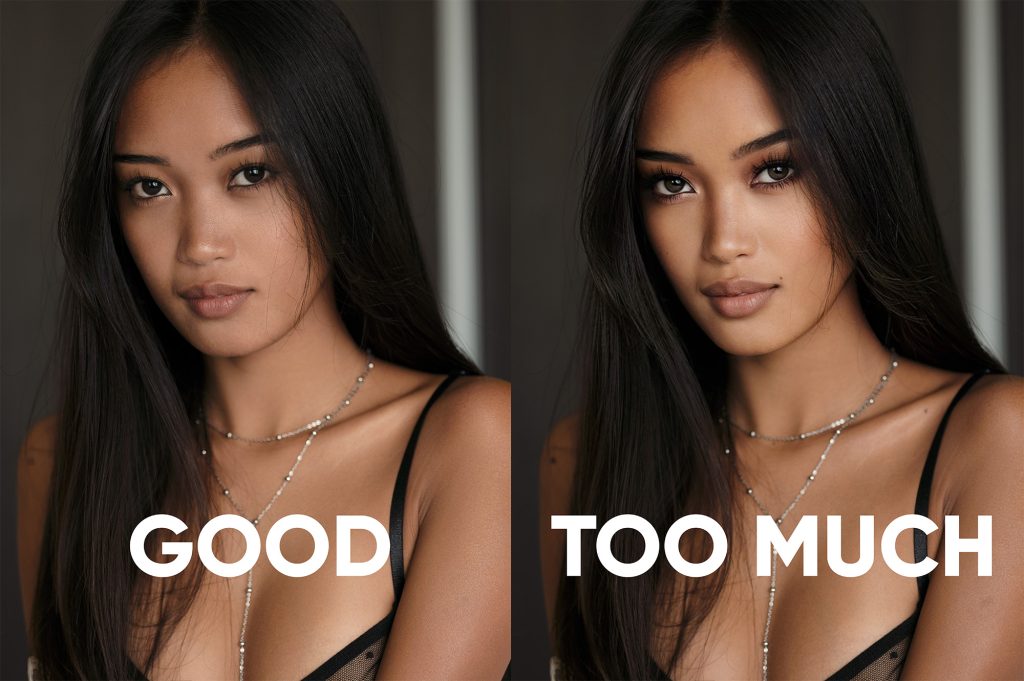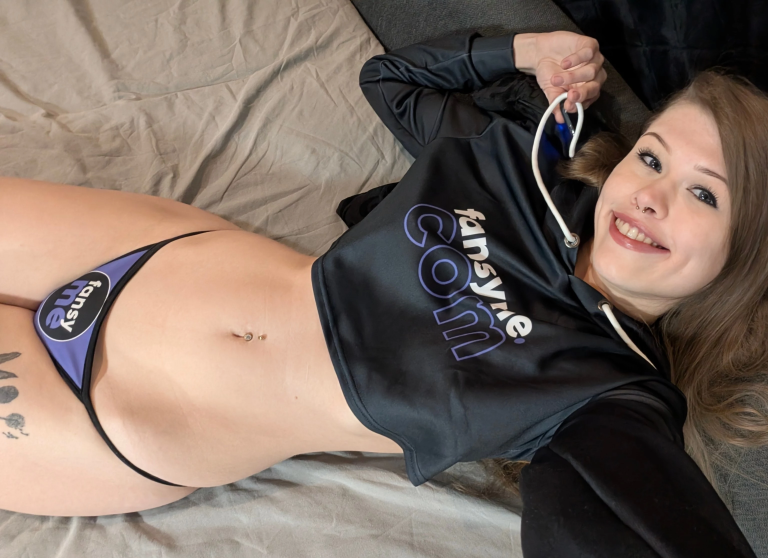

FaceApp & Co.: Why less is more for Creators
This post is also available in:
Deutsch (German)
In the world of content creation, first impressions often count – and today, these are usually made through images. Flawless skin, symmetrical facial features, and radiant eyes are important. Many creators use apps like FaceApp, Facetune, and Photoshop. With all the enthusiasm for beautiful aesthetics, there’s an important question. Where does optimization end? Where does self-alienation begin?
This balancing act is crucial, especially for content creators. Because those who focus too much on digital perfection risk more than just an unrealistic image. They lose authenticity and thus the important connection to their users.
The Appeal of Perfection – why are Filters so Popular?
Few tools are more tempting than a filter that makes dark circles under the eyes disappear in seconds or breathes new life into a tired photo. Enhance a curve here and cover up a “flaw” there. Especially in social media, where every image is part of one’s own brand, many creators want to shine with a flawless appearance. After all, they’re competing for attention – often with accounts that seemingly never have bad days.
The desire for control over one’s own digital self is certainly understandable, but the era of personal unapproachability and perfected “dolls” is over.
What Advantages Do Creators Have?
No question: tools like FaceApp or Lightroom can be very helpful – when used consciously and in moderation. A coherent feed, harmonious color schemes, or removing a distracting background element can significantly improve image quality and make it look more professional.
Such measures emphasize one’s own style without completely distorting the image. They help to make content visually appealing – which is especially important for brand appearances and collaborations. The important thing is: creative expression and one’s own personality should be the focus, not the digital beauty treatment.
The Dark Side: when Filters Become a Mask
But what happens when small corrections turn into a consistently edited self-image? When wrinkles, pores, or even facial features are consistently softened or altered, a gap quickly emerges between reality and representation.
The problem: Authenticity suffers. Followers – especially younger target groups – perceive very clearly whether an image appears “real” or artificially created. Studies clearly show: Excessive image editing can negatively affect the credibility of a profile. Those who consistently deceive their audience risk losing trust – and thus also losing engagement, reach, and in the worst case, immense revenue losses.
Authenticity as a Success Factor – “Girl Next Door”
The good news: Authenticity is in demand – more than ever. Especially in times of high-gloss content and algorithmic optimization, many users want real people. They don’t want perfect avatars. It’s especially the so-called “Girl Next Door” creators who are celebrating great successes and becoming increasingly popular.
Unedited moments, honest stories, and “real” faces create closeness, and that’s exactly what users want nowadays. They strengthen trust – a currency that is priceless in the social media age. Those who convince with naturalness not only build reach but also a loyal community. Body positivity is not a major movement of the present for nothing.
Even Adobe – the company behind Photoshop – emphasizes this trend:
“Make sure that the visual elements of your content appear authentic and not too heavily edited. Images should not look too perfect or staged, for example.”
Even details like visible equipment or behind-the-scenes material can help make content appear more realistic.
Best Examples – Success Speaks for Itself
Some creators understood early on that this authenticity and closeness to the audience are crucial factors for the success of a profile. Creators like Sallydinosaur or the Miyaka Chan shown here lead by example. It’s important to both of them not to pretend in their profession and to feel comfortable as they are.

Tips Tricks: how Do You get the Best out of it?
How do you manage to combine aesthetics and authenticity? Here’s how to find a healthy and long-term middle ground. Here are a few tips:
- Set clear boundaries: Edit images to optimize light, colors, or framing – but not to alter your face.
- Use filters purposefully: Color filters can add structure to a feed – but shouldn’t become a mask.
- Show yourself imperfect: A photo without makeup or a story that shows you as a real person can appear sympathetic and foster trust.
- Behind the scenes: Provide insights into everyday life – especially the unfiltered moments make you tangible and human.
Our Conclusion
Editing apps are useful tools – but they shouldn’t become the measure of all things. As a content creator, your personality, with all its quirks, is your greatest asset. And that’s exactly what gets lost when you hide behind filters and try to appear perfect all the time.
The most important message we at FansyMe want to send you: “Be yourself and feel comfortable as you are!”



